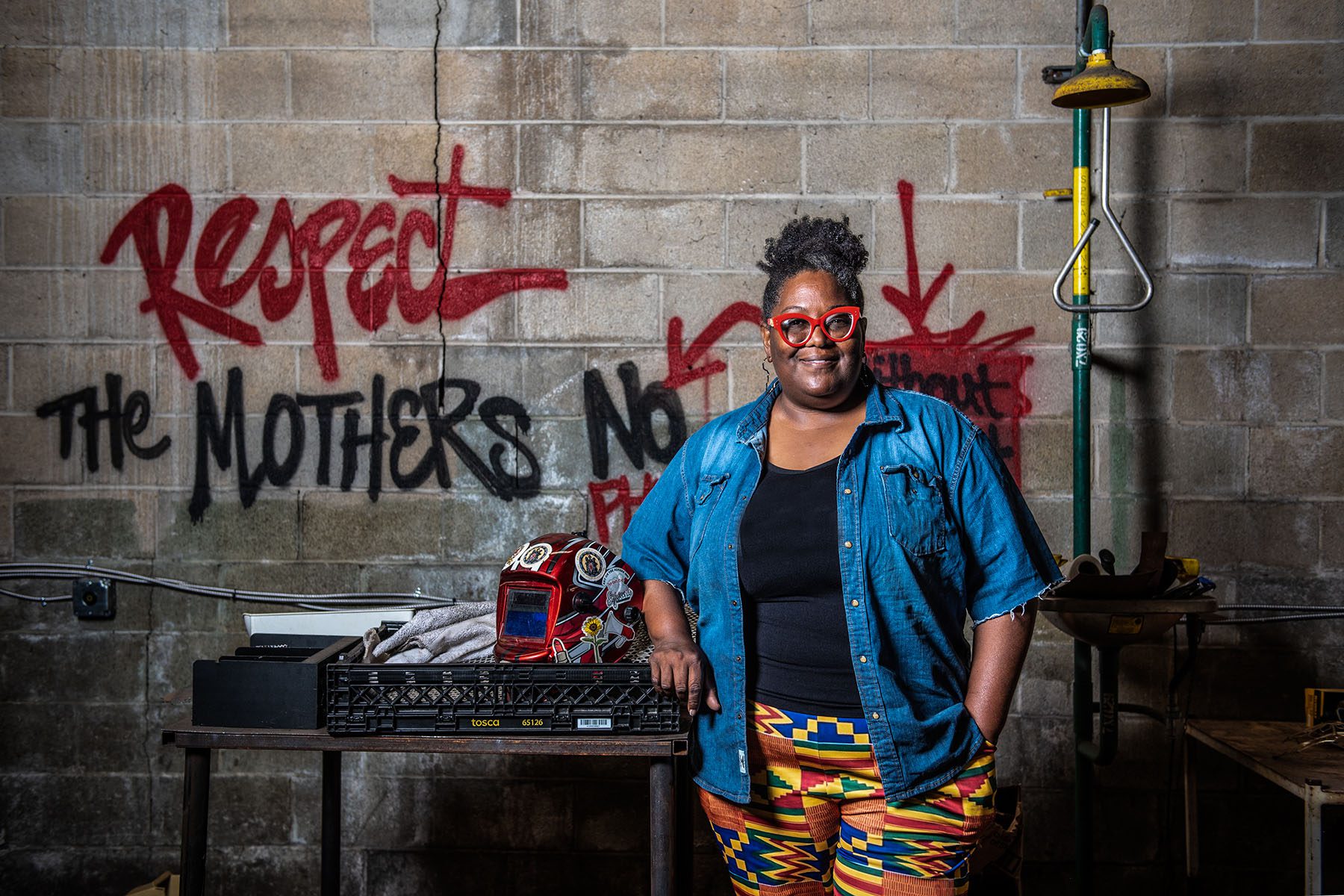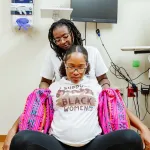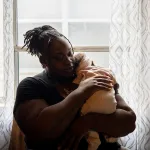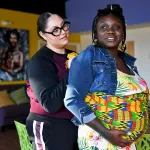33 S. Perry Street in Montgomery, Alabama, is a site of harrowing sacrifice that birthed modern gynecology. But though many know the breakthroughs that happened there, the dozens of enslaved women and girls who suffered for the medical standards that exist today are often erased.
Artist Michelle Browder is giving that space, and those women, a chance to speak. She purchased the site in February with plans to honor the memories of these women and girls. Less than a mile away from the state capitol building, where a statue of James Marion Sims looms, what was once the site of his makeshift slave hospital will now become a $5.5 million museum, clinic and training space for medical students, gynecologists, doulas and midwives.
Browder plans to expand a two-story building that has stood there since the late 1800s and add a third floor, which will house the Mothers of Gynecology Health and Wellness Clinic. The clinic will be a primary care unit that helps women who cannot afford those services, while also providing a space for doulas, midwives and OB-GYNs to collaborate to offer solutions to end the maternal health crisis.
“Whether it’s a doula service, if you just need that friend to walk you through prenatal care, or after postpartum depression … we want to provide a safe place for women and birthing people to come and find some relief, find a friend, and then also find some support,” Browder said.
The groundbreaking is set for Mother’s Day 2023. Browder is also hosting a three-day Day of Reckoning Conference in February to raise funds and awareness.
At that site, Anarcha, Lucy and Betsey, along with other enslaved women and girls whose names have been lost to history, shed blood for the creation of American gynecology, despite their inability to consent. It is also where they labored to run the “Negro hospital” and tend to the family of Sims, the doctor who rose to fame for his contributions to gynecology.
Sims, a well-respected figure in American medicine, is known for inventing the speculum and the Sims position, which are both used during gynecological examinations. To arrive at those advances, he purchased and leased enslaved women, whom he operated on without anesthesia, to perfect treatments for White women. For five years, they labored at Sims’ side and under his torturous hand. They were the subjects of dozens of procedures with no anesthesia. They were also tasked with holding each other down and assisting with the procedures, along with the typical work of an enslaved woman. Anarcha underwent at least 30 surgeries during Sims’ experimentation. She was 17 years old at the time of her first surgery.
Browder was 18, just older than Anarcha, when she learned of the women’s fates. Her fight is in both pedagogy and practice, teaching about the ills that the medical system was built on, and remedying them with compassionate care in the teaching clinic. Browder — who also runs More Than Tours, which offers tours of civil rights landmarks — wants to ensure that the museum at the site will highlight the beginnings of gynecology, providing a more complete history that includes the women and girls.
The center will be the latest in Browder’s body of work dedicated to the Mothers of Gynecology. Earlier this year, Browder opened the Mothers of Gynecology monument on Mother’s Day. It features the three women, constructed from scrap metals, bike chains and other items that had been discarded as a testament to the value of the women whose bodies were treated as disposable.
The statue of Anarcha is 15 feet tall. Her head is lifted to the sky, in constant prayer that her situation would improve. Her hair is in braids. Each of the women’s ears and necks are adorned with Adinkra symbols representing strength, friendship and God. Anarcha’s womb is displaced, and in its place is a single rose.
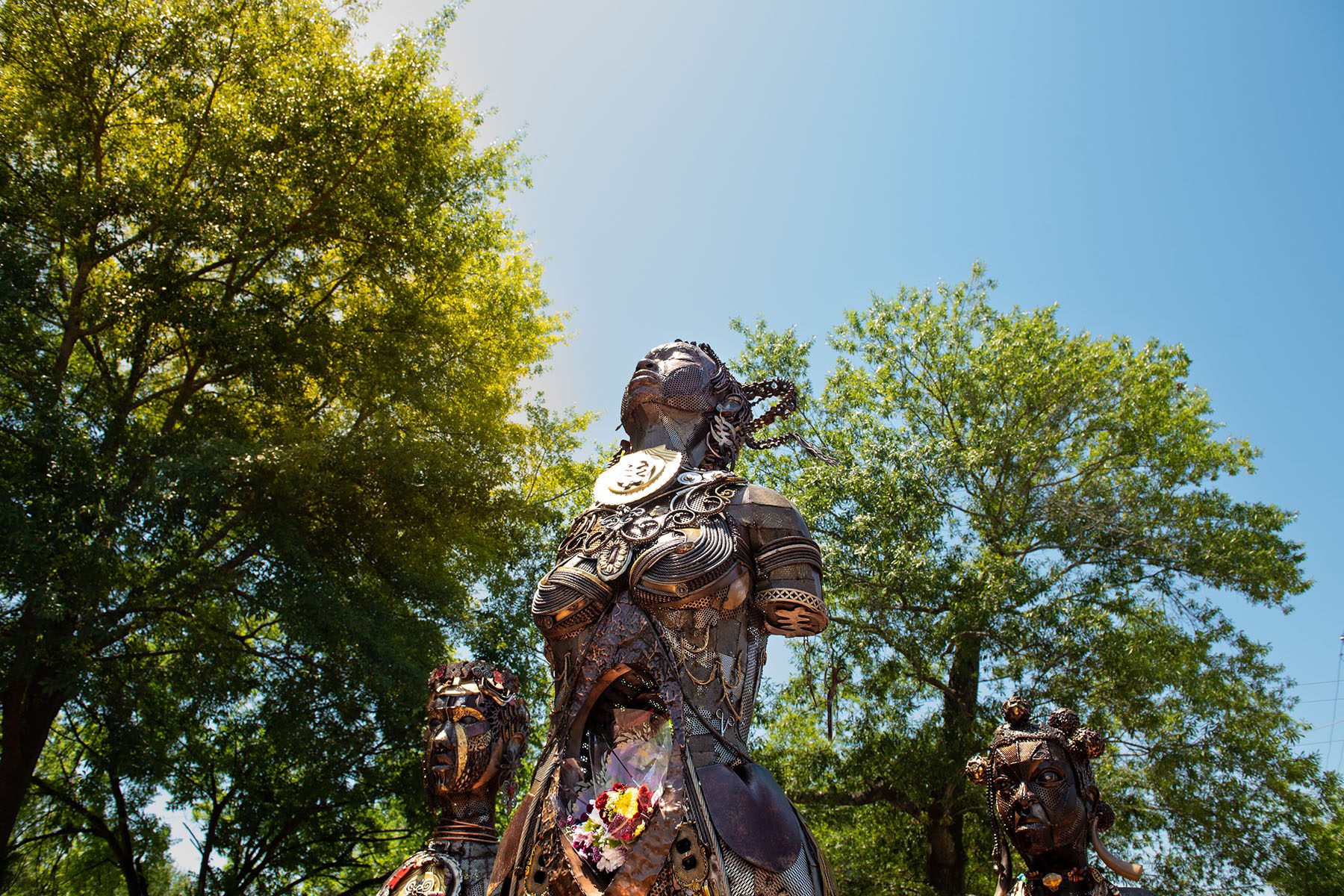
Browder’s body of work shifts the power dynamic, deeming them mothers and nurses, instead of slaves and victims. Much of what we know about gynecology’s inception comes from the memories of men like Sims, which can be reconstructed through his autobiography, medical journal articles and more. The system of slavery attempted to erase women like Anarcha, Lucy and Betsey from history, who were barred from learning to write their own.
Artists like Browder work to preserve their stories. So do scholars like Deirdre Cooper Owens, who immortalized their story in her book “Medical Bondage: Race, Gender, and the Origins of American Gynecology,” referring to them as Mothers of Gynecology. Browder consulted Cooper Owens’ work in creating her own.
“You can’t tell a whole history of the rise of a profession, of a medical branch, and not talk about the patients,” Cooper Owens said.
Telling a complete story also requires the acknowledgement of the practice’s beginnings — and its enduring legacy. Before Sims, there was John Peter Mettauer in Virginia, America’s first plastic surgeon, who performed the same operation as Sims, successfully on a White woman and unsuccessfully several times on an enslaved woman. He blamed his failure on the enslaved woman’s sexual nature. There was William Aiken in North Carolina, who repeatedly drilled holes in the head of an enslaved woman named Lucinda. And there was Francois Marie Prevost, who pioneered the cesarean section in Louisiana, operating on at least 30 enslaved women.
These physicians’ practices perpetuated the unfounded beliefs that Black people could not feel pain, or that they had a higher tolerance. They perpetuated attitudes that regarded Black people as disposable. The practice of experimenting on enslaved people was widespread from the late 18th century through the antebellum era.
“Sims was just a cog in a wheel,” Cooper Owens said. “There were so many ‘pioneers’ in obstetrics and gynecology, and they had almost all worked on enslaved people, and almost all of them were slave owners.”
Before the colonial period in America, midwives tended to those giving birth, applying a holistic and noninvasive approach. According to Cooper Owens, tending to mothers was a job seen as divinely ordained for women. It wasn’t until doctors like Sims came along that American gynecology was masculinized, allowing White men to dominate the field and impose paternalistic views on the women they were tasked with caring for, Cooper Owens said.
The legacy that doctors like Sims belong to endures today, rearing its head in the maternal health care crisis that places the United States among the most dangerous countries to give birth among those with comparable wealth. In a report by the World Health Organization, North America was the only region in the world in which the maternal mortality rate was on the rise between 2000 and 2017.
As of the latest data available, released by the Centers for Disease Control and Prevention earlier this year, Black women are more than three times more likely to die from issues related to pregnancy than White women. Black women are also more likely to have preterm births and less likely to receive adequate care.
Today’s maternal health care crisis that is killing Black women and babies is a natural continuation of the science birthed from violence, experts said. The mistreatment of Black people and their bodies has been there every step of the way.
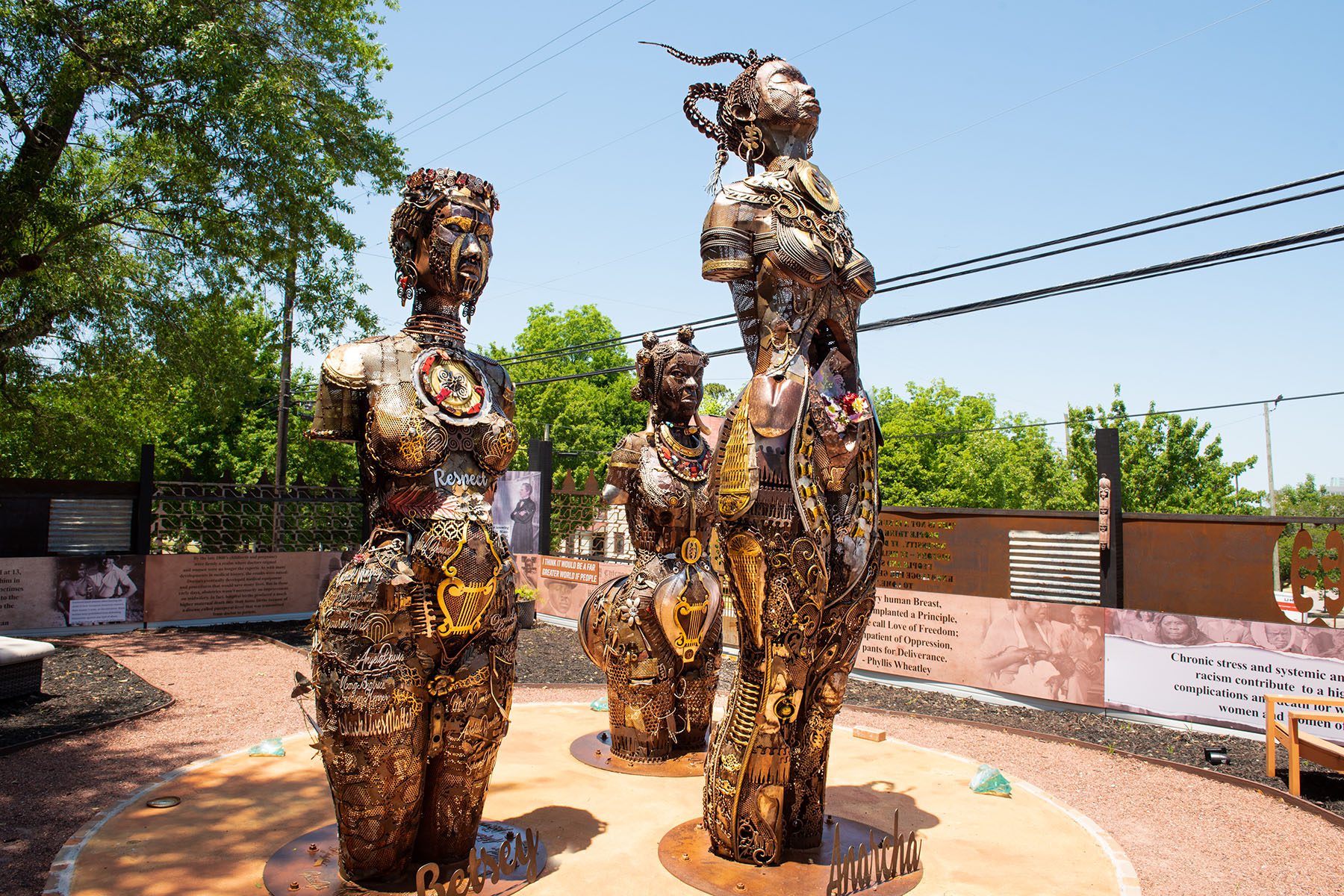
“We didn’t get here out of nowhere,” said Dr. Veronica Maria Pimentel, an OB-GYN who collaborated with Browder. “We have to understand our history and how we got here.”
No matter the age, social status, education level, no Black woman is exempt from the possibility of a confrontation with this legacy. A study by Dr. Fleda Mask Jackson showed that college-educated Black women still faced higher maternal mortality rates than White women who were poor, uneducated, unemployed and uninsured.
Experts attribute this to a factor called weathering, when the compounded stress of racism and sexism wears on the body. Browder cited the example of Serena Williams, the millionaire tennis icon who nearly died after childbirth when her body told her what she needed and medical teams repeatedly ignored her.
That extends outside of reproductive health. Pimentel shared an experience in which she had to advocate for her mother, an older Black woman, who she said was not receiving adequate care. She said the care her mother received improved after she continued to speak up and her mother’s health care providers realized she was a physician herself. Pimentel said her interest in gynecology came from her mother’s belief that taking care of women takes care of society. She has started a petition to have February 28 and March 1 — the days straddling Black History Month and Women’s History Month — recognized as Betsey, Lucy and Anarcha days.
Browder wants the clinic to be a part of a new path forward, where medical students are welcomed to come and learn.
“We want to provide a safe space where we can collectively work together and offer some solutions to end the maternal health crisis,” she said.
In Alabama, where Browder works to reclaim the legacy at 33 S. Perry Street, the need for change is urgent. In March of Dimes’ 2022 report card, the state received an F, an indicator of maternal and infant health in the state. The state’s board of health is considering regulations that would restrict midwives from working in freestanding birthing centers, which would limit access to care in a state in which the March of Dimes report deemed more than a third of its counties maternity care deserts.
“The powers that be want to dictate to you how to have your baby, after they tell you that you have no right to govern your own body. They now want to tell you how to give birth,” Browder said.
